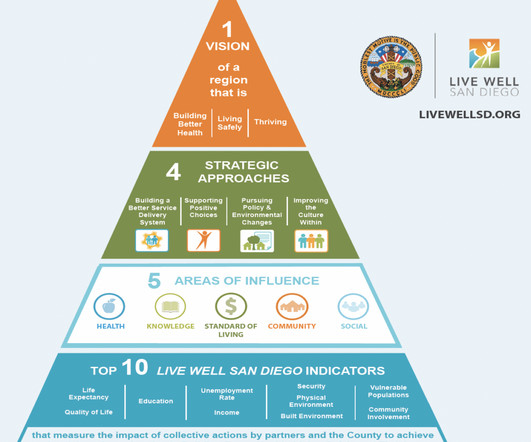What are Significant Requirements to become a QCDR in MIPS reporting?
p3care
JULY 16, 2023
Collection types (MIPS CQMs, eCQMs, and QCDR measures) Performance categories (quality, improvement activities, Promoting Interoperability); Choices for reporting include regular MIPS, MVPs, and APP, while participation options include MIPS-eligible clinicians, groups, virtual groups, subgroups, or APM entities.












Let's personalize your content